A Season in New Zealand
A Cruising Guide for Superyachts
Posted on
New Zealand is an ideal destination for many Superyacht owners sailing in the Pacific. Not only is it a safe country in safe waters, south of the cyclone belt, but it has an English-speaking population. It’s a place where sailors can relax, slow down and catch up on boat projects and essential maintenance – after all, the majority of them will have sailed right along the coast of the Americas in a single 6,000-mile season.
Most owners choose to bring their yachts to Opua in the Bay of Islands, though some head directly for Marsden Cove (Whangarei) – the primary destination for maintenance. Larger vessels tend to clear in at Auckland as Opua can only dock yachts up to a maximum of 30 metres in length.
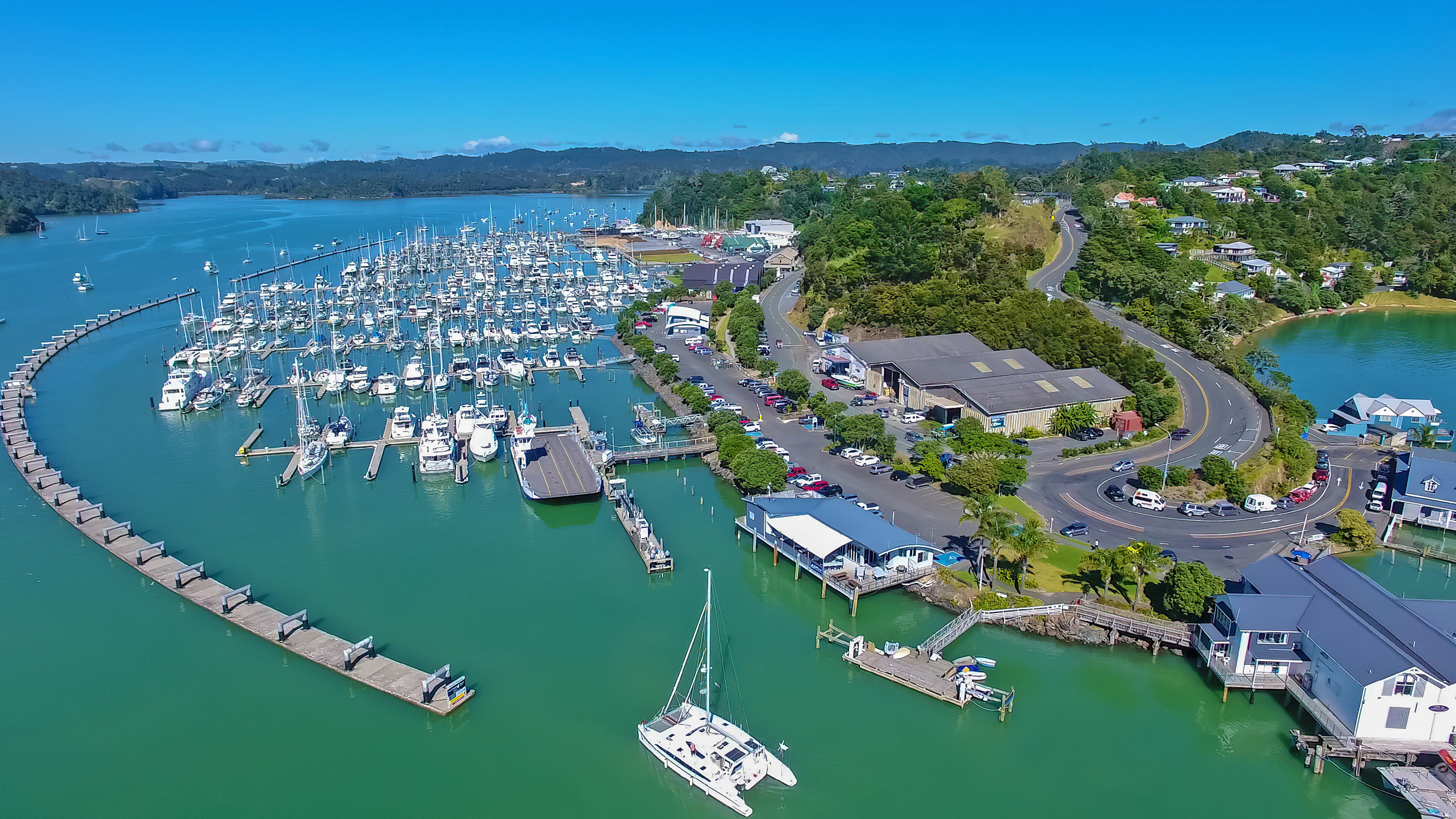
The Bay of Islands
The shallow waters of the the Bay of Islands make a very pleasant change for sailors who have spent months crossing the deep blue water passages of the Pacific. As the name implies, the bay contains a good choice of islands, some of them uninhabited. There’s a variety of anchorages available for every wind direction, as well as pristine beaches, hiking trails and a few hurricane holes. Each day dawns with emerald views and exotic birdcalls, like the wavering, gong-like call of the tui. Among the more popular islands is Urupukapuka, which is loved for the varied hiking opportunities its undulating terrain provides. Morturua also offers some very dramatic scenery and forested slopes.
As ideal a destination as this may sound, the Bay of Islands has its limits. It’s a relatively small place and, while there are dozens of excellent anchorages, the best spots are clustered around a handful of islands and mainland bays, none more than 15 miles from another. You can easily explore the best of the pay within a fortnight, even at a leisurely pace.
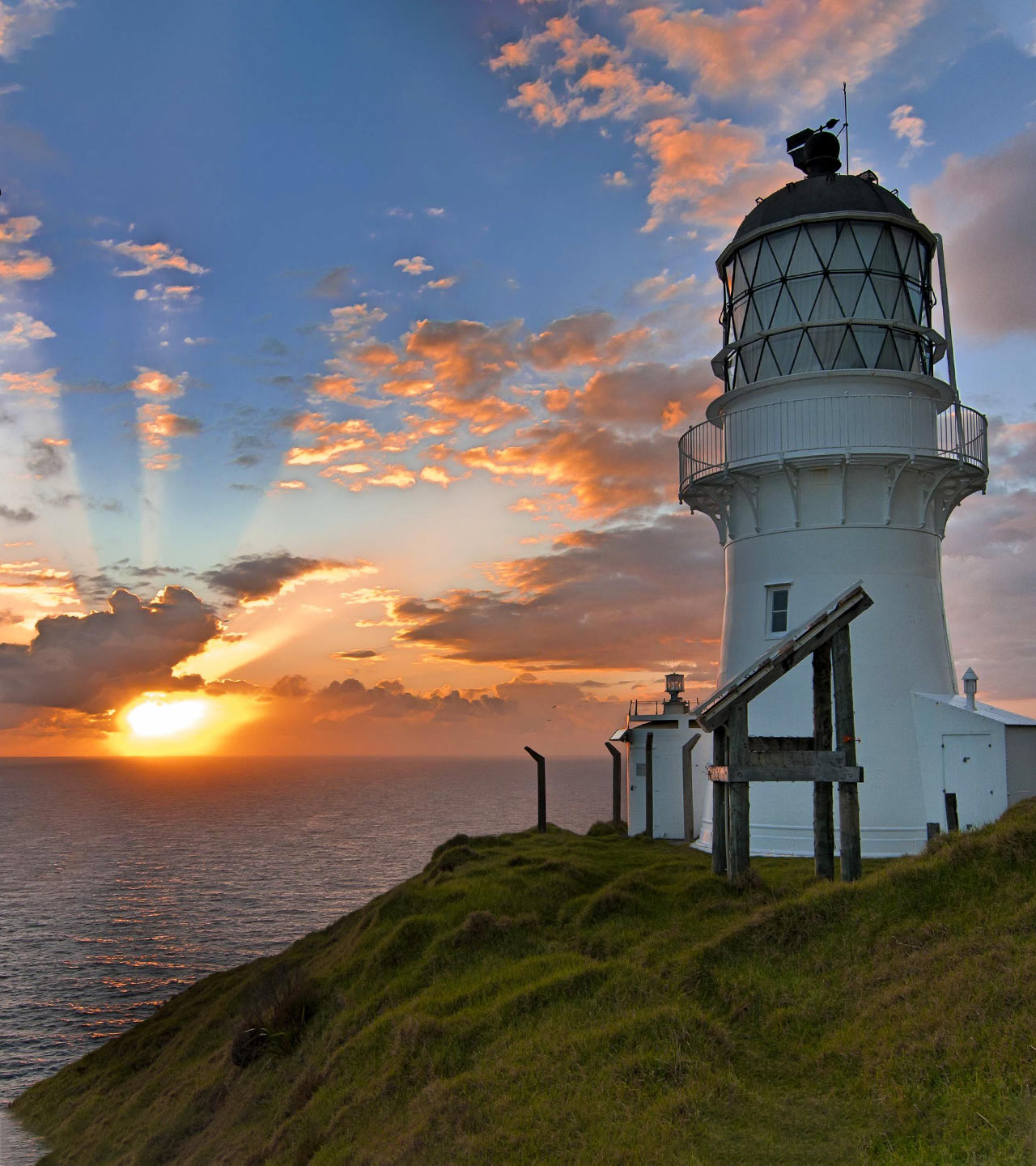
Beyond the Bay of Islands
The Cavalli Islands and Whangaroa are just a day’s sailing north of the Bay of Islands, and are equally enticing. Even the voyage there, with the feel of the open ocean under your keel, can be exhilarating without being too challenging. It’s still just a short coastal hop, with only line-of-sight navigation needed. Alternatively, you can head south to Auckland and the Hauraki Gulf. It’s a very popular destination that almost every sailor heads to eventually, though the journey can be a little wild. It requires shifting mentality from one of “paradise at anchor” to “full sailing mode” as the coastline is raw and exposed to the full brunt of the Southern Ocean. At its best, getting to the Hauraki Gulf is two or three days of enjoyable sailing. At its worst, it’s something of an endurance test.
Along the way between the Bay of Islands and the Hauraki Gulf is Whangamumu – an essential stop that’s just around the corner from Cape Brett. The large, circular bay opens to the east and is uninhabited. It contains only the ruins of an old whaling station, from which a number of hiking trails emerge. Other anchorages on the voyage south include Tutukaka and the outer reaches of Whangarei. There are several islands along the coast here, which are nice to look at as you sail by. Sadly, being nature reserves and having few safe anchorages among them, that’s all you can do with them.
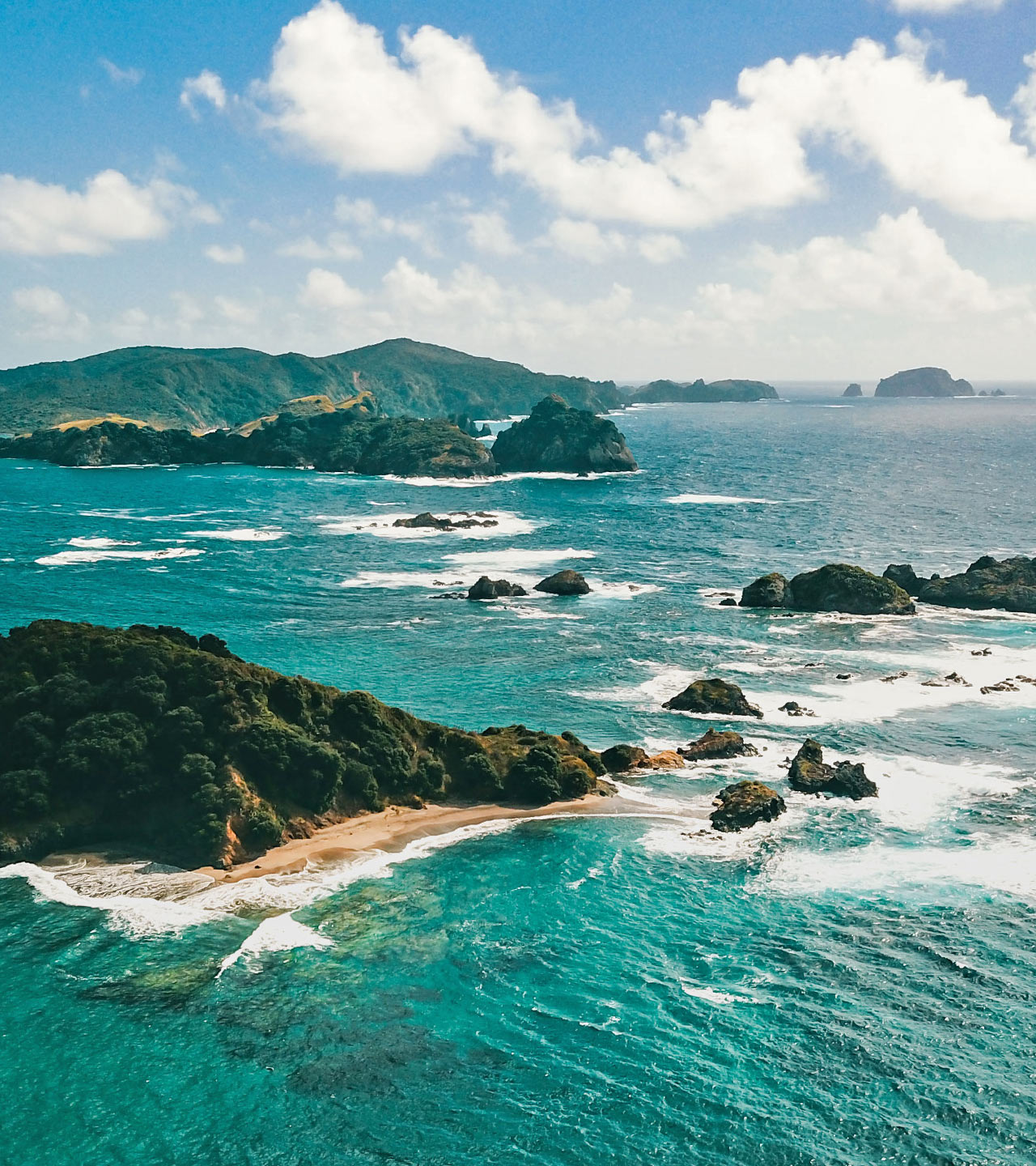
The Hauraki Gulf
Conveniently close to Auckland, the Hauraki Gulf comfortably holds the title of New Zealand’s finest cruising ground. Within a short sail, you can go from city life to woodland reserves like Tiritiri Matangi Island. And, thanks to steady ocean breezes over relatively calm seas, that short sail is an excellent one.
Hopping the [generally] short distances between islands will reveal unique and varied environments on each. You can hike up to the volcanic peak of Rangitoto in the morning, then catch the 15-knot southeasterly wind to enjoy the nightlife of Waiheke Island’s swanky neighbourhoods. Of course, being such a fantastic destination, there will always be plenty of other sailors around. Fortunately, most anchorages are spacious, so you won’t be fighting for space.
If you’d rather escape the ‘sea of sails’, the peaceful Te Kouma Bay is within a day’s sailing from Auckland, on the Coromandel Peninsula. Alternatively, Great Barrier Island acts as a lid to the Hauraki Gulf and offers great hiking among native kauri trees. Be sure to visit the aptly named Smokehouse Bay, where a do-it-yourself wood-fired hot tub awaits.
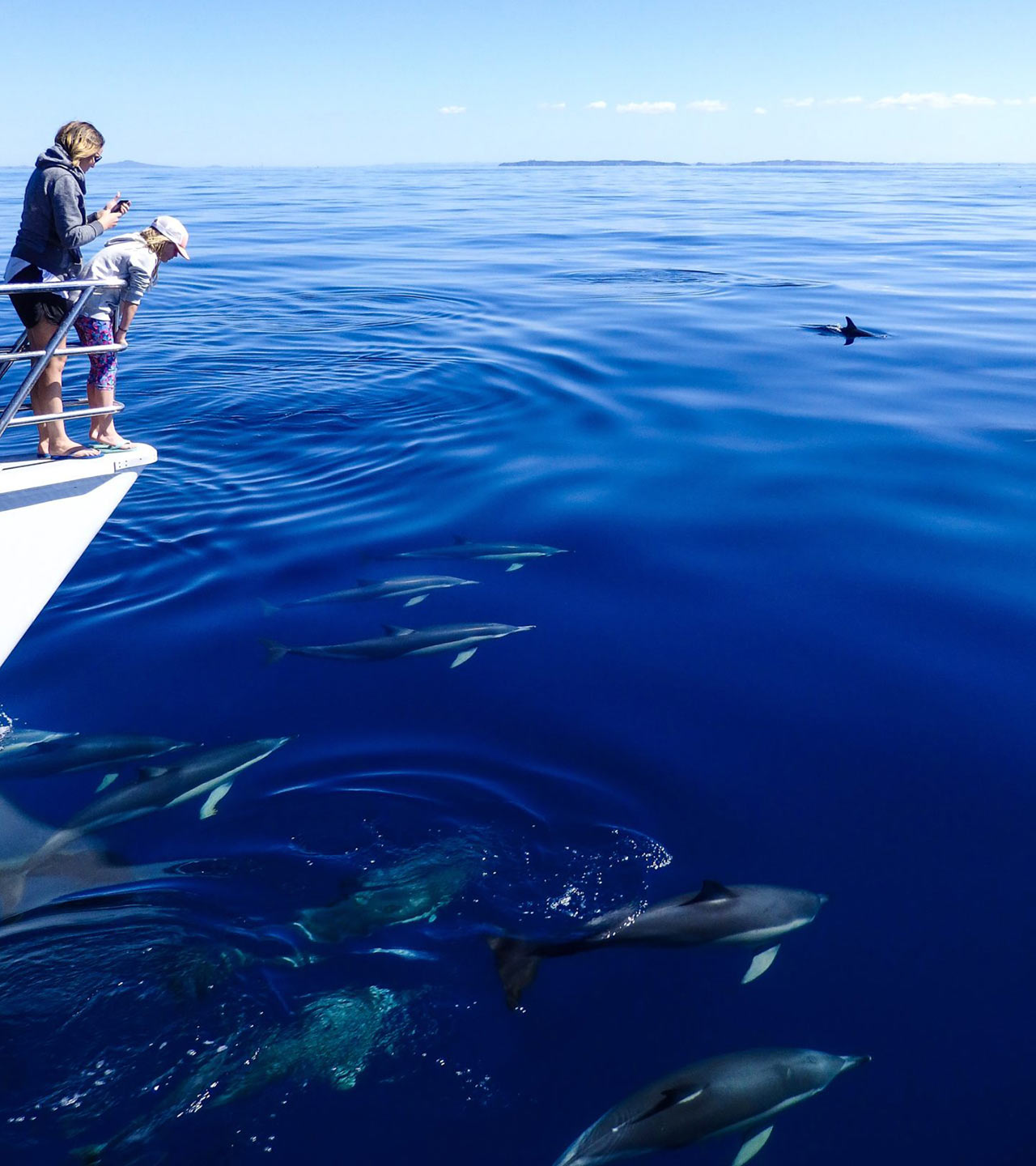
South To Tauranga
At the northeastern-most point of Hauraki Gulf is Cape Colville, which effectively forms the edge of the map for most sailors. However, rather than monsters of the edge of the world, adventurous sailors are rewarded with destinations like Great Mercury Island. It’s just a day’s sailing to the southeast and is stunningly beautiful, with long, sandy beaches and outstanding scenery. As you head further south, you break up your trip with stops at Mercury Bay, Mayor Island and Slipper Island, weather permitting. It’s worth the voyage to reach Tauranga and its sister city, Mount Maunganui.
There are several reasons why this area should be on your itinerary. You can go ashore to see one of the best-known attractions of New Zealand’s North Island: Rotorua, which is famous for its culture and thermal activity. There’s also the stunning but extremely different scenery offered by Lake Taupo and Tongariro National Park. As an added bonus, the area has some of the lowest marina and yard fees on the North Island too.
If you really want to test your seamanship, you can sail down to the South Island and Fiordland. While very beautiful, the national park is at the extreme southern end of the country and extreme weather can make it effectively off-limits to most sailors, who prefer the calmer conditions of the North Island’s coastline and the convenient overland travel options to take them that far south. Of course, that only makes the experience more rewarding for those able to undertake it.
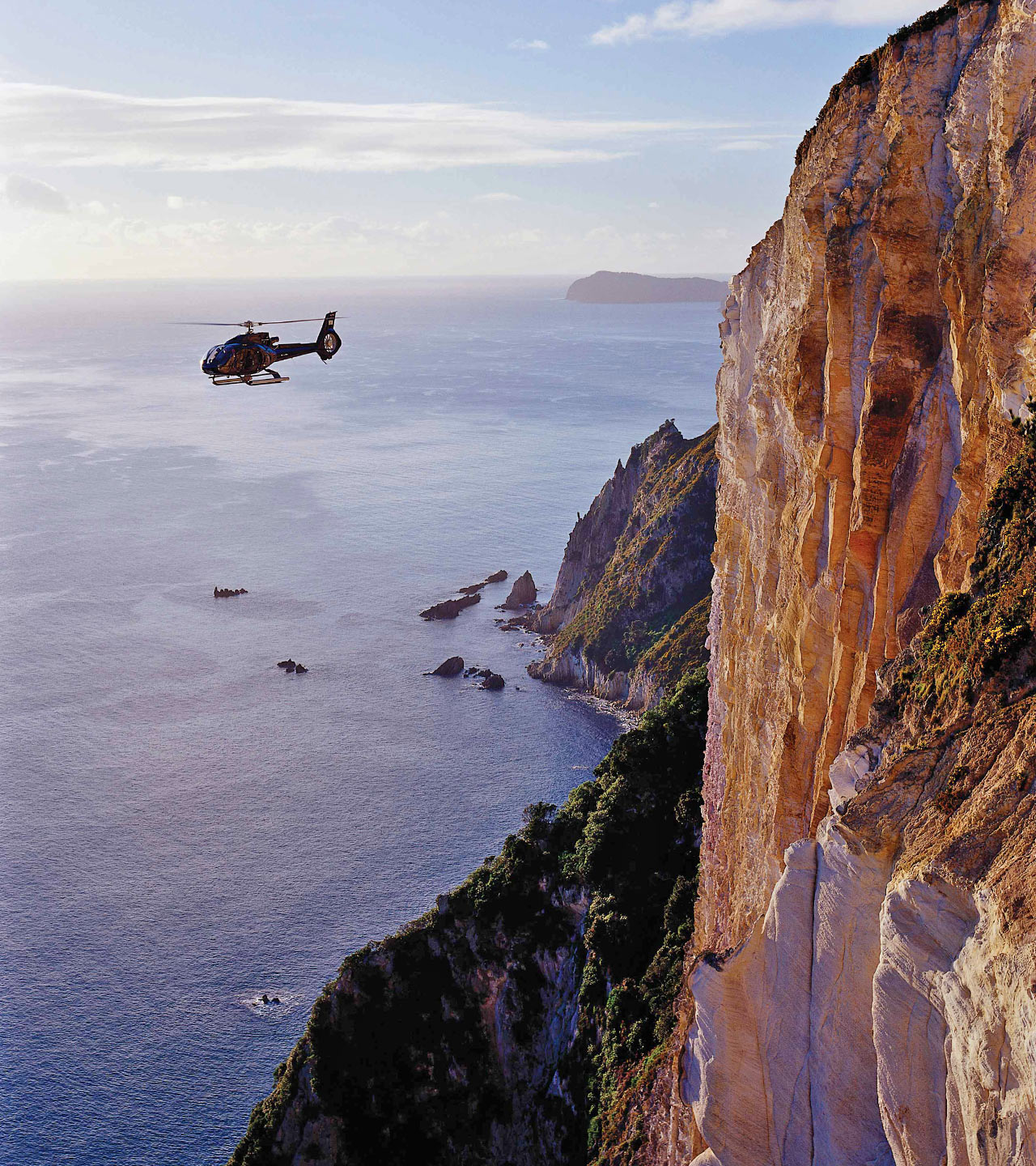
Akaroa
Along the east coast of the South Island, Akaroa is a little timewarp. The tiny towns around the natural harbour have developed just enough to provide pretty good sailing facilities, but still retain their 19th-century atmosphere and much of the architecture, too. The Akaroa Harbour is part of the Banks Peninsula, which was formed by volcanic activity. Even after 5 million years of inactivity, the area still has a fresh, rugged landscape.
It’s the rich, shallow waters in and around the harbour that bring sailors to this striking part of New Zealand, just southeast of Christchurch. Within a short distance of the main wharf, you can see a New Zealand fur seal colony, rare Hector’s dolphins and cliffs that teem with seabirds. If you like fishing, you can expect to hook blue moki, banded wrasse and a range of sharks, among plenty of others.
With such striking natural attractions, it’s worth noting that you’ll rarely be the only one on the water. Being within a short drive of Christchurch makes Akaroa is a popular day-trip destination. As such, there are many charter vessels in the area, as well as powerboats, pedalos and paddleboard companies.
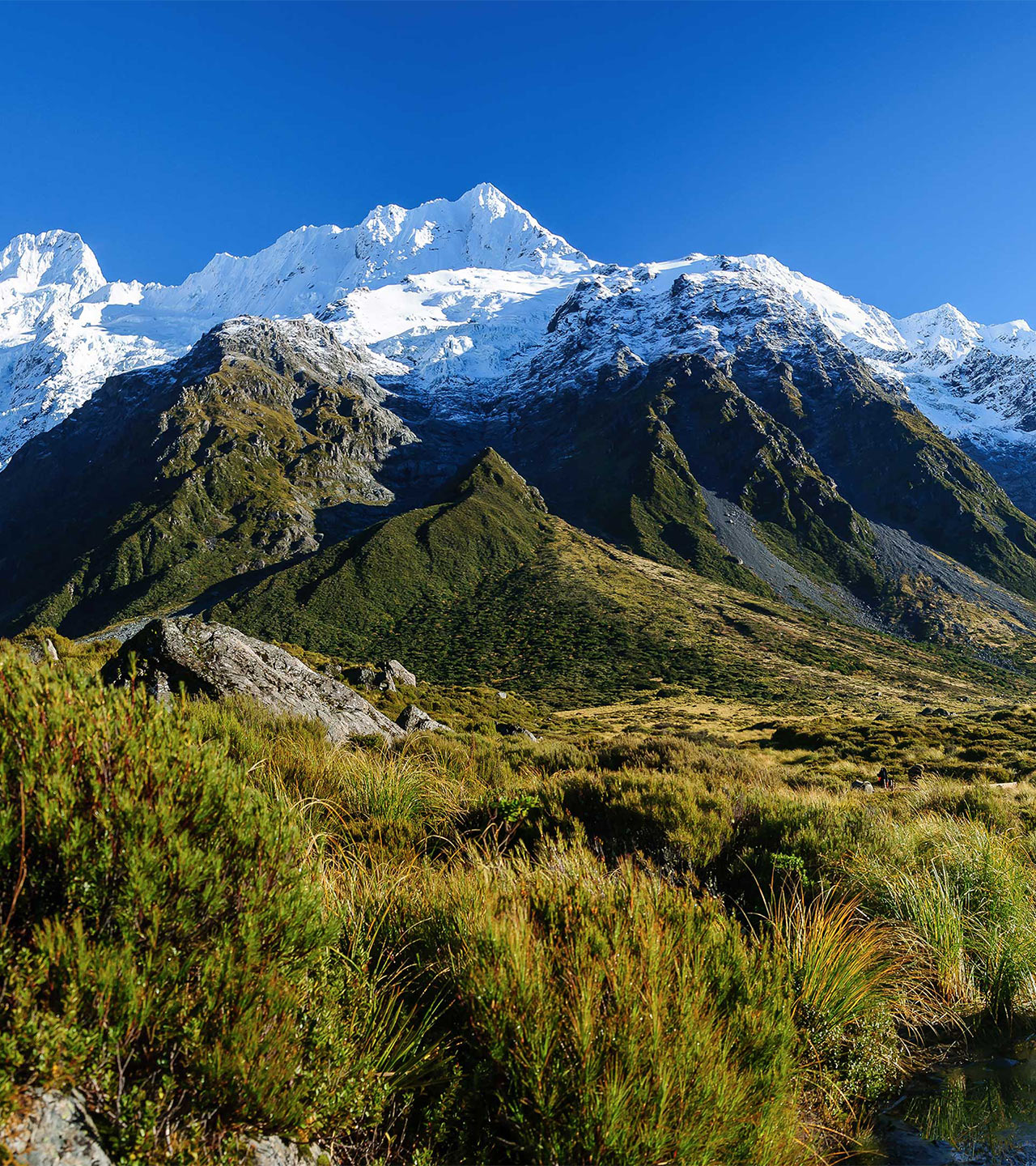
Marlborough Sounds
The vast, remote Marlborough Sounds are made up of 4,000 sq km of rugged coastline, bays, drowned sea-valleys, native forests and beaches. The result is a natural paradise and a delightful cruising destination on the northern tip of the South Island.
The quaint port town of Picton is worth a visit in its own right, being a gateway to some very picturesque hiking routes. There are also some first-class wineries within a short drive. However, it’s the wildlife in the sounds that are the star attraction. Here, you’ll find the entire breeding population of the rough-faced shag (or New Zealand king cormorant), as well as fur seal colonies, dolphins and penguins.
While most of the waters within the sounds are perfectly calm, the Cook Strait is famous for its strong currents and rough waters, which can be treacherous. It’s worth being wary and maybe even seeking the assistance of a local expert, lest you add your cruiser to the long list of attractions for scuba divers here.
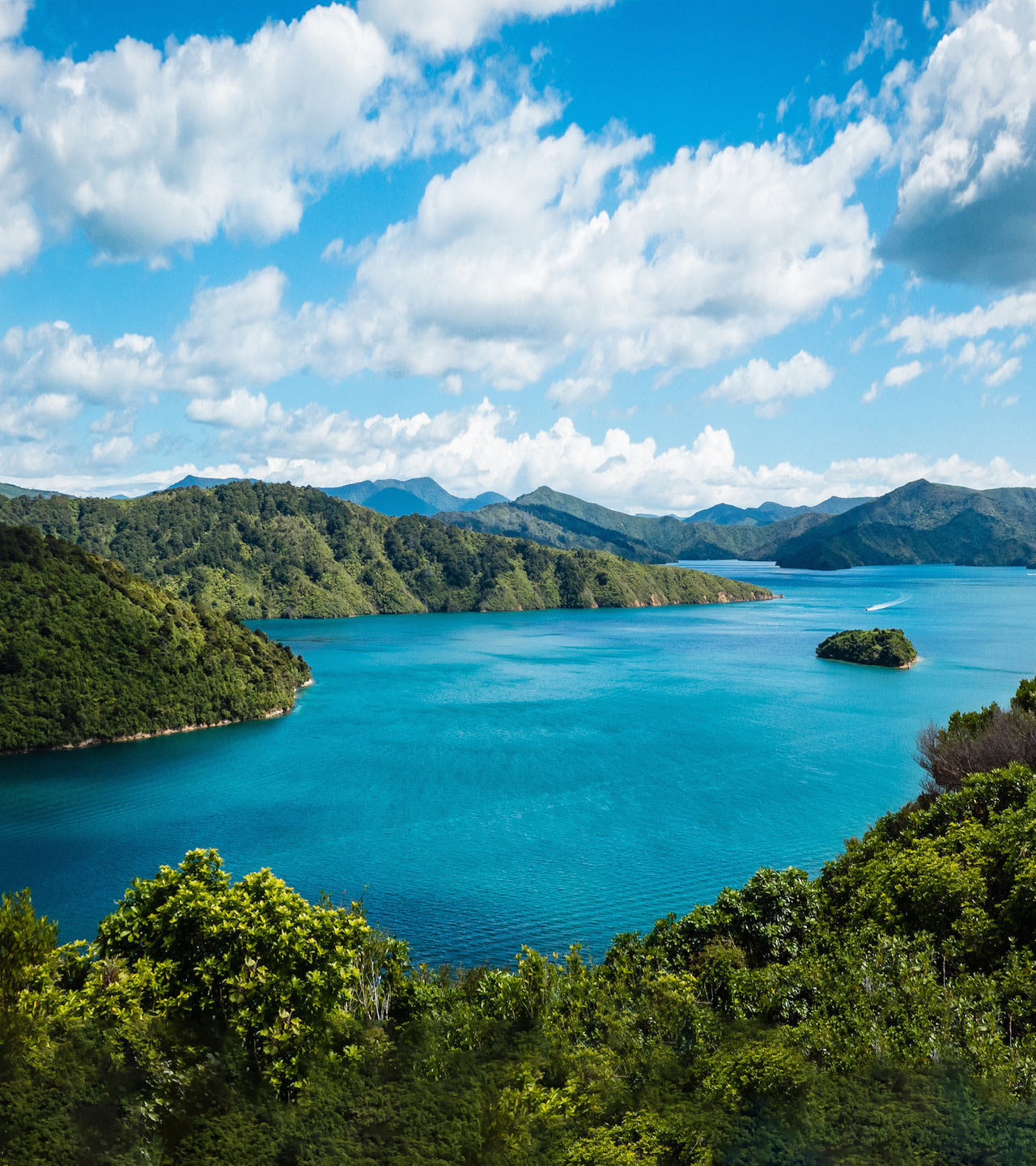
Wellington
New Zealand’s capital, on the southern end of the North Island, might not be your first thought when it comes to picking a beautiful sailing destination. However, not only does it offer a vibrant city with excellent facilities on land, but there’s plenty to see around Wellington Harbour, too.
A perfect natural shelter, the harbour is a regular haunt of little blue penguins, dolphins and even orcas. Right in the middle is Matiu/Somes Island, which is both a historical and scientific reserve, home to New Zealand’s first harbour light, a Second World War anti-aircraft gun emplacement, seabird colonies and a number of nice hiking routes.
When it comes to sailing conditions, Wellington enjoys very consistent winds, making virtually every day in the summer an ideal day to raise the sheets and earning it the nickname “Windy Wellington”. Of course, many Wellingtonians get the same idea, which can make the harbour a little crowded, particularly on weekends.
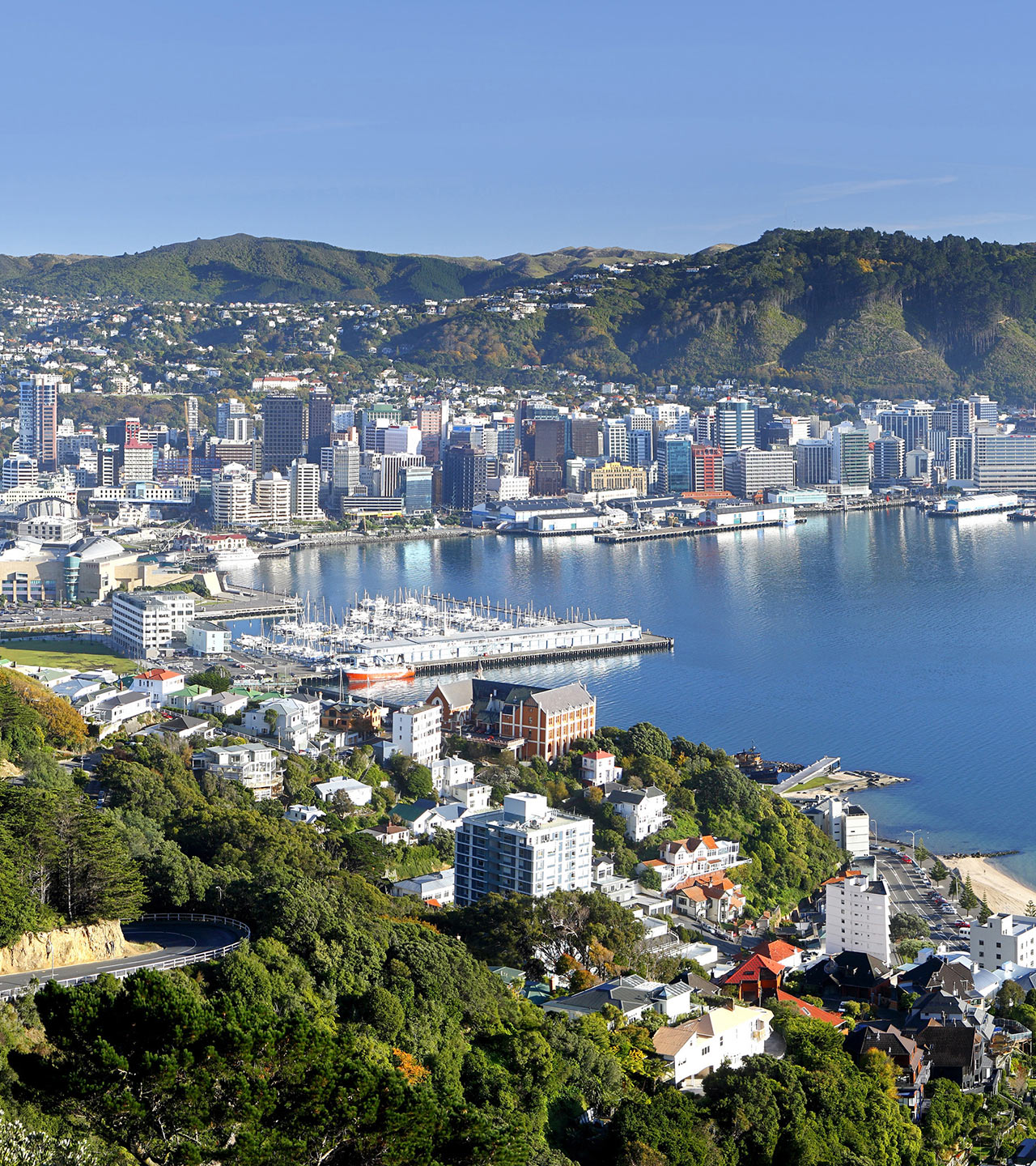
Napier
Napier and the Hawke’s Bay region, on the east coast of New Zealand’s North Island, is home to a rich array of history and nature. There’s the Cape Kidnappers gannet colony at the southern end of the bay, close to the city. Right at the northern end is the Mahia Peninsula, where you might be lucky enough to see a space rocket launch. In between, the region is a great wine-growing area.
The bay is a great spot for fishing. Among the potential catches are lemonfish, kahawai, trevally and moki. Even Napier itself gets regular visits from some interesting wildlife, including fur seals, whales, orcas and little blue penguins.
The Napier Sailing Club is a very good value marina and one of the few safe havens along an otherwise rather challenging coastline, so be sure to stop for a day or two to enjoy the city’s art deco architecture and interesting attractions.
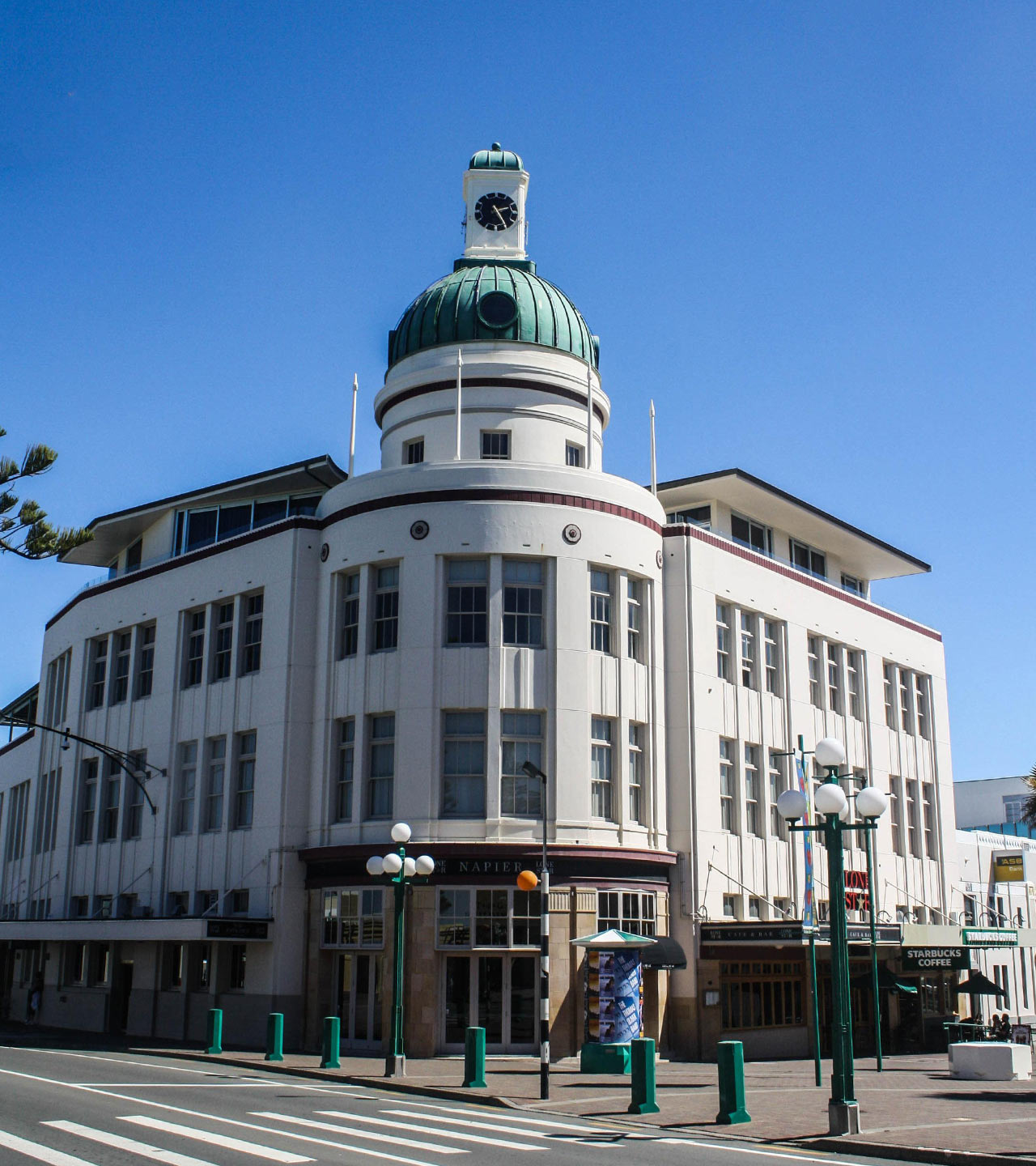
Dunedin
The long natural harbour of Dunedin, on the southeast coast of New Zealand’s South Island, contains both a good choice of sailing clubs and marinas, but also an impressive array of wildlife. The Otago Peninsula runs parallel to the main coastline, creating the harbour, and is home to penguins, fur seals, sea lions, albatrosses and other remarkable creatures, all protected by extensive conservation areas.
Out to sea, you might catch sight of some amazing animals, including blue, humpback and Minke whales. Sail for Taiaroa Head for the best chance of spotting these majestic giants. Other species spotted in the area include orcas, sperm and pilot whales and various types of dolphin.
The Otago Peninsula has a number of smaller coves facing out to sea, many of which are both strikingly beautiful and provide shelter for even more wildlife. There’s even an impressive amount of history to discover, including old fortifications, lime kilns and lighthouses. Be sure to check out the many hiking trails within easy reach of Dunedin city to fully enjoy this natural wonder.
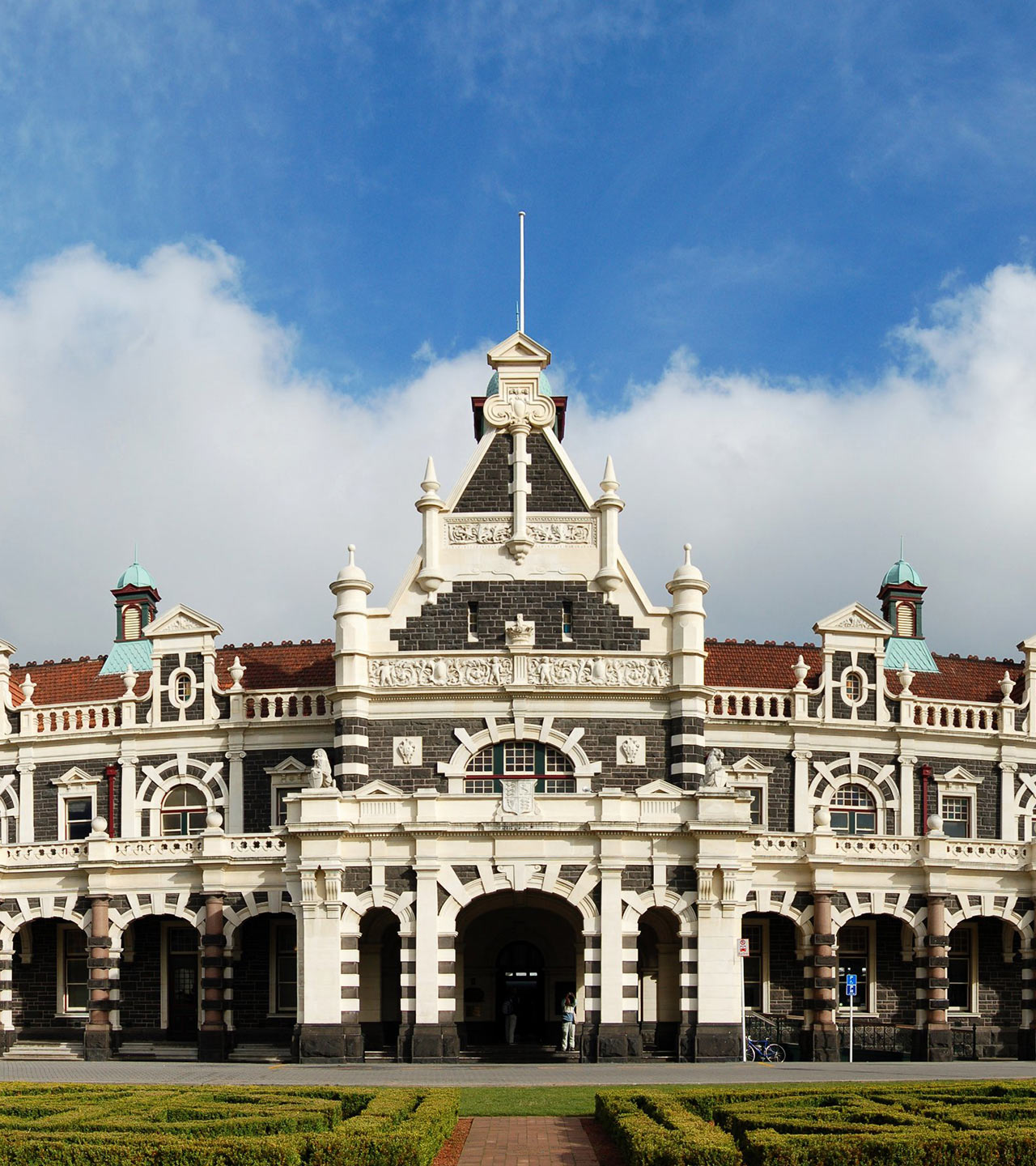
Great Mercury Islands
The Mercury Islands consist of seven beautiful islands about 8 km off the northeast of the North Island. The largest of them – Great Mercury – is privately owned and hosts two luxurious residences that can be hired for about NZ$20,000 per day! Fortunately, you can access the island for free or enjoy enjoy its beauty from the surrounding sea without charge – and they certainly are beautiful! Expect white sands, rolling green hills and sapphire blue waters. Check out Peachgrove Bay – said to be one of the most beautiful bays in New Zealand!
If you like wildlife, you should certainly check out the smaller Mercuries. They host over 3,000 breeding pairs of Pycroft’s petrels and a number of other remarkable bird species. You can also expect to see sharks, penguins and more. Being pest-free, the wildlife on land is particularly remarkable.
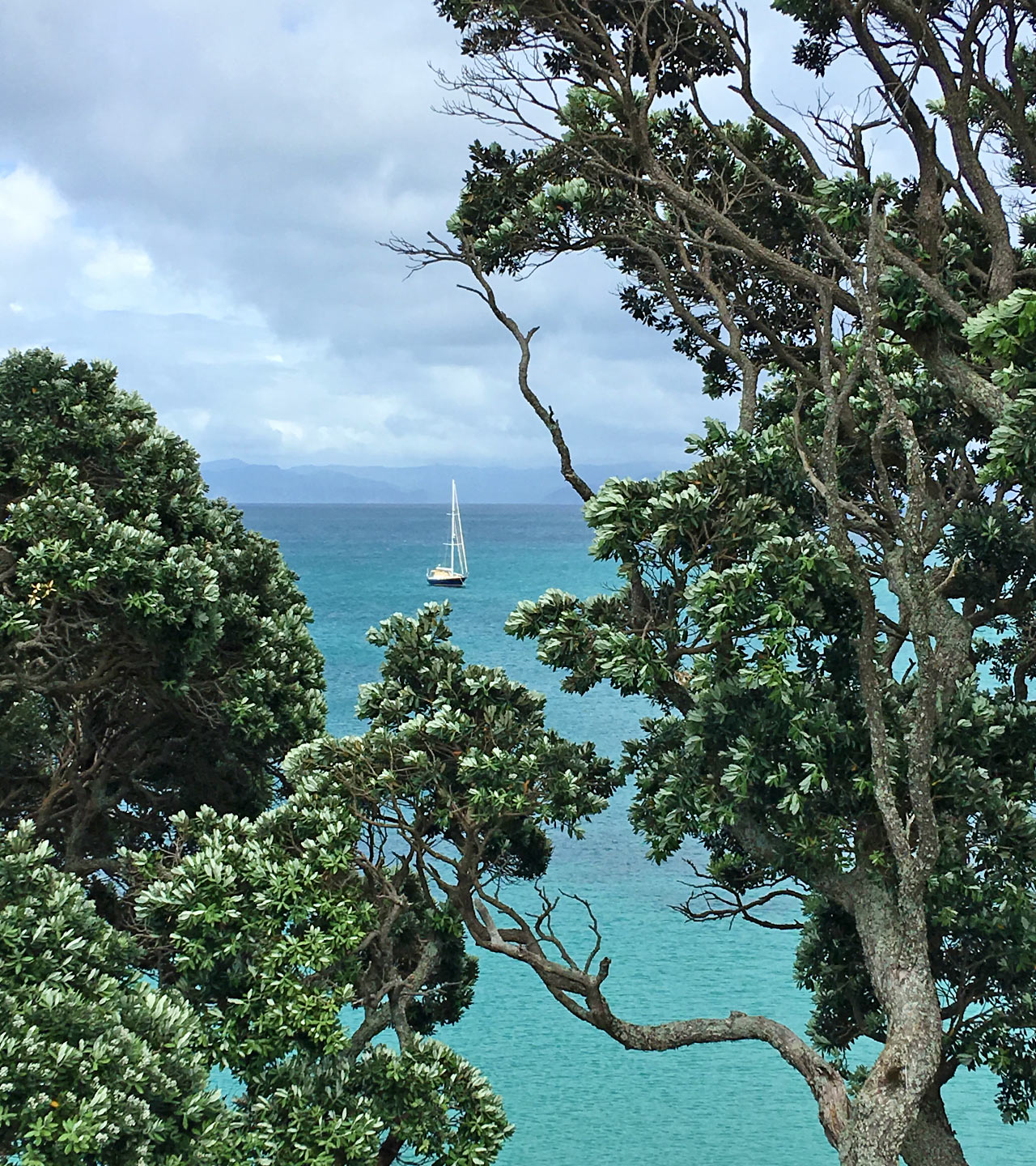
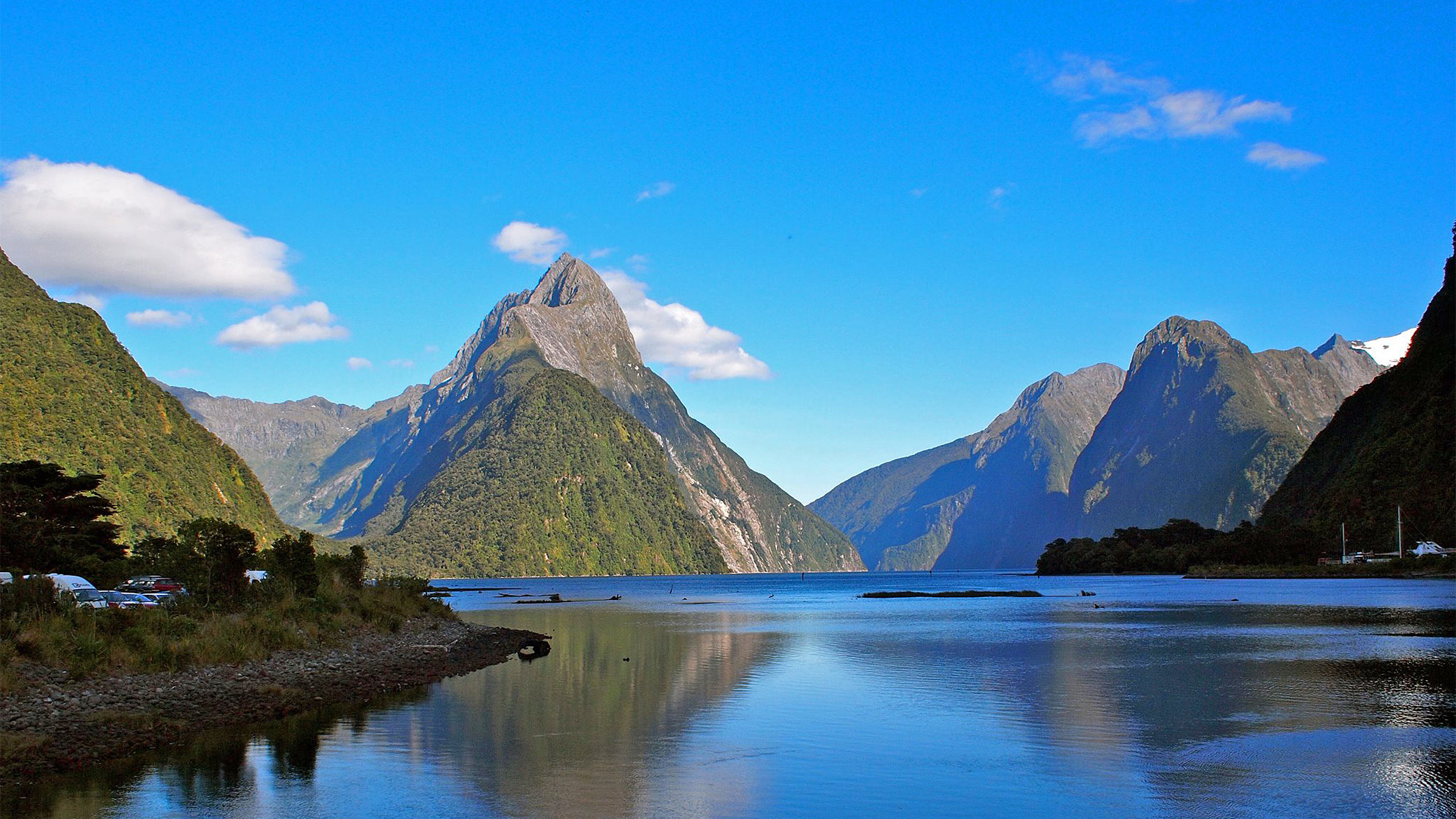
We can’t possibly claim that New Zealand has everything you could possibly want from a destination, but it comes about as close as any single destination can. Apart from its own myriad attractions, it’s a restful stop for weary sailors, allowing them to recharge before heading out to “the Islands” – the Kiwi term given to the tropical nations to the north, including Tonga, Fiji, Vanuatu and New Caledonia.
In fact, some Superyacht captains enjoy the diversity and comfort of New Zealand that they will simply migrate between here and the tropics as the season changes, bouncing between the two continuously and returning to their favourite spots over and over again. It’s that sort of a place.
Destinations: Australasia, New Zealand
Footnote:
Contact Seal Superyachts New Zealand for detailed information about cruising around New Zealand, superyacht charter regulations and about how we can support your visit.
Principle agent Ben Osborne is proud to have worked with many of the World’s largest Superyachts and has extensive knowledge of New Zealand and the surrounding area.
Ben Osborne
Phone: +64 21 040 9976
Email: newzealand@seal-superyachts.com